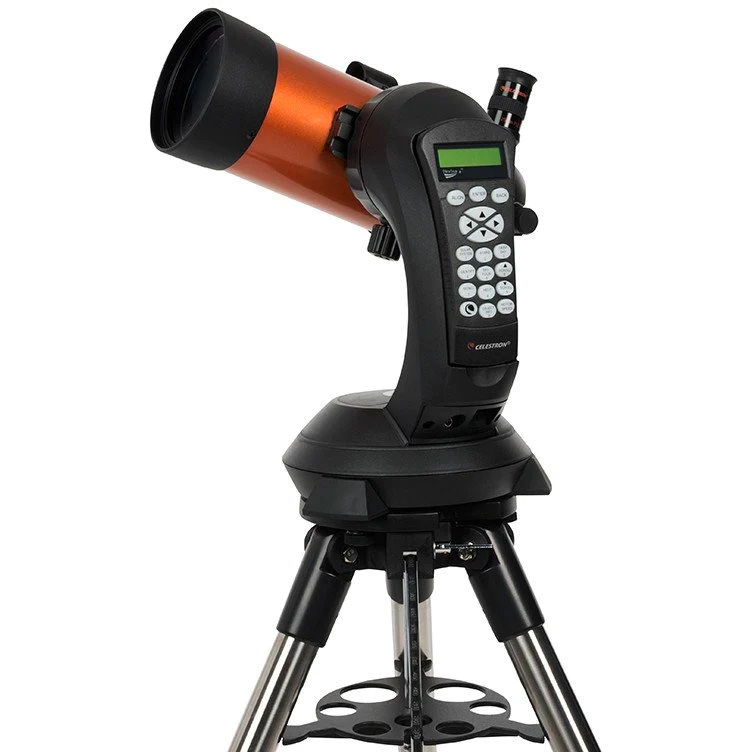Have you seen comet Tsuchinshan-ATLAS yet? If you’ve not been able to glimpse the bright, icy space rock that’s traveled from the edge of the solar system, it’s not too late. But you need to see it soon.
The coma and long tail of comet Tsuchinshan-ATLAS, also called C/2023 A3 (Tsuchinshan–ATLAS), is currently shining at magnitude +0.5. That’s well within the grasp of the human eye. It’s likely now past its best, but only just, and will likely remain a naked-eye object after sunset in the west until, and possibly through, the weekend.
After that, it will likely be visible only in binoculars for the rest of October and into early November. A telescope will be needed after that.
When and where to see comet Tsuchinshan-ATLAS
TOP TELESCOPE PICK:

Want to see comets up close? The Celestron NexStar 4SE is ideal for beginners wanting quality, reliable and quick views of the night sky. It’s sturdily built, quick to set up and automatically locates night sky targets and provides crisp, clear views of them. For a more in-depth look at our Celestron NexStar 4SE review.
To see the comet from the northern hemisphere, look west from about 45 minutes after sunset; it’s just below and to the right of Arcturus, a bright red giant star in the constellation Boötes.
Seeing in twilight is challenging. Happily, comet-gazers can by now wait for up to two hours after that to catch it in a darker sky.
There are caveats because its visibility is a balance between the trifecta of its intrinsic brightness, the darkness of the sky it’s in, and moonlight — but it’s inevitably getting dimmer as it gets physically more distant despite now being placed higher in the night sky.
Why the brightness of comet Tsuchinshan-ATLAS is changing
Comet Tsuchinshan-ATLAS is appearing higher up in the western sky each night, and remaining in the sky for longer, but since it’s getting farther from Earth and the sun each night, it’s getting fainter.
While it was 45.1 million miles (73 million kilometers) from Earth and 25 degrees from the sun on Monday, Oct. 14, by Friday, Oct. 18, it will be 52 million miles (84 million kilometers) distant and 40 degrees from the sun. Come Sunday, that will have increased to 57 million miles (92 million kilometers) and 45 degrees from the sun. This comet is really moving!
When is the final night comet Tsuchinshan-ATLAS will be visible?
Another problem this week is the bright moon, which is waxing towards being a full ‘Hunter’s Moon‘ on Thursday, Oct. 17. Unhelpfully, it’s also 2024’s brightest full ‘supermoon’ of the year, so it is beaching the night sky of the darkness necessary to see the comet.
That’s unfortunate, but come Friday, Oct. 18, and through the weekend, the moon will be rising later. By Sunday, Oct. 20, the moon won’t be a factor. That’s just in time and should help make sure Sunday provides one of the darkest skies yet in which to see comet Tsuchinshan-ATLAS with the naked eye. It could be the final time, but if you miss it, don’t lose hope — keep looking until Saturday, Oct. 26.
As author David H. Levy wrote in Comets: Creators and Destroyers, “comets are like cats: they have tails, and they do precisely what they want.” Arm yourself with a good pair of binoculars, and you’ll have a chance to see comet Tsuchinshan-ATLAS for some time.

